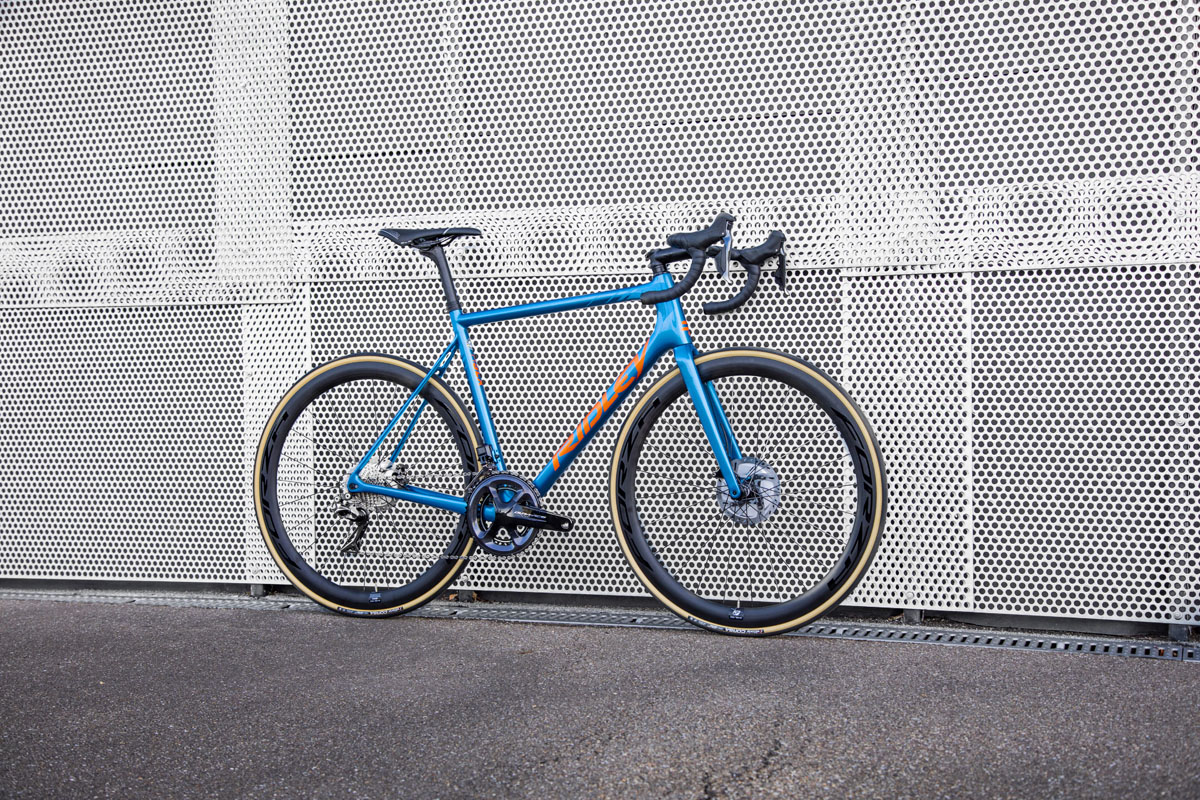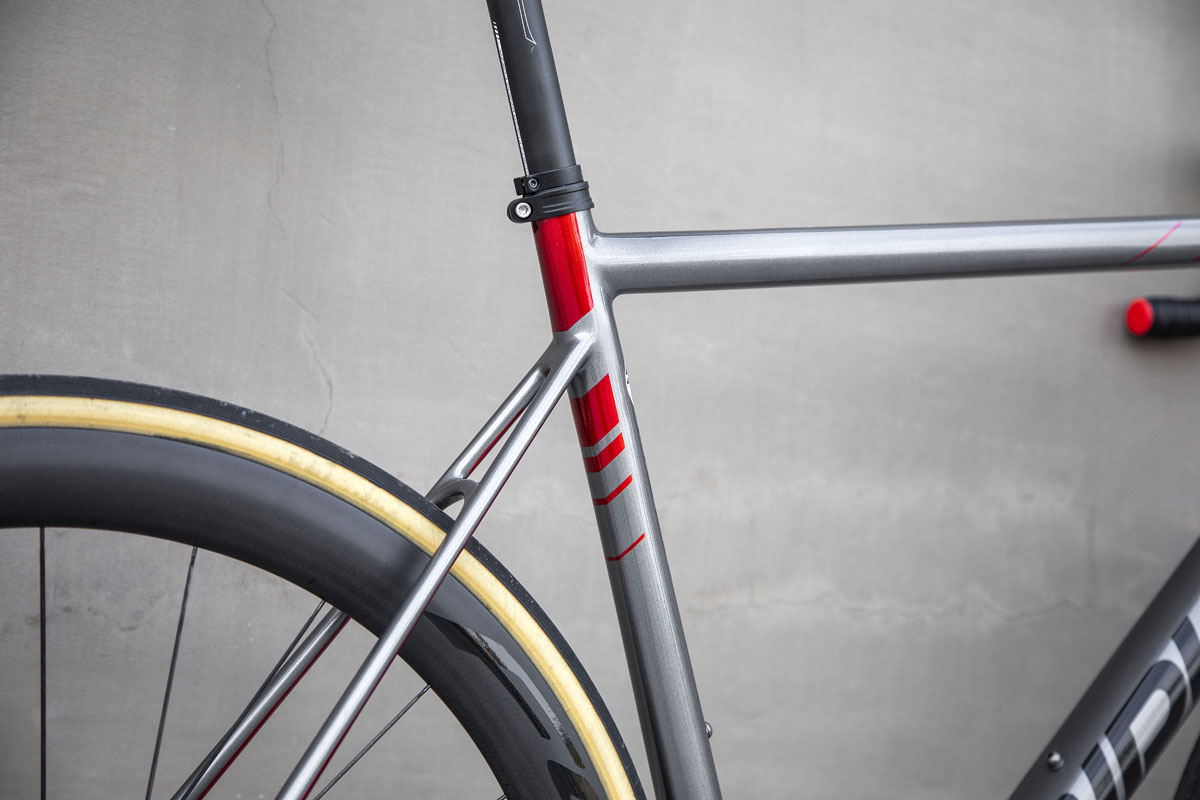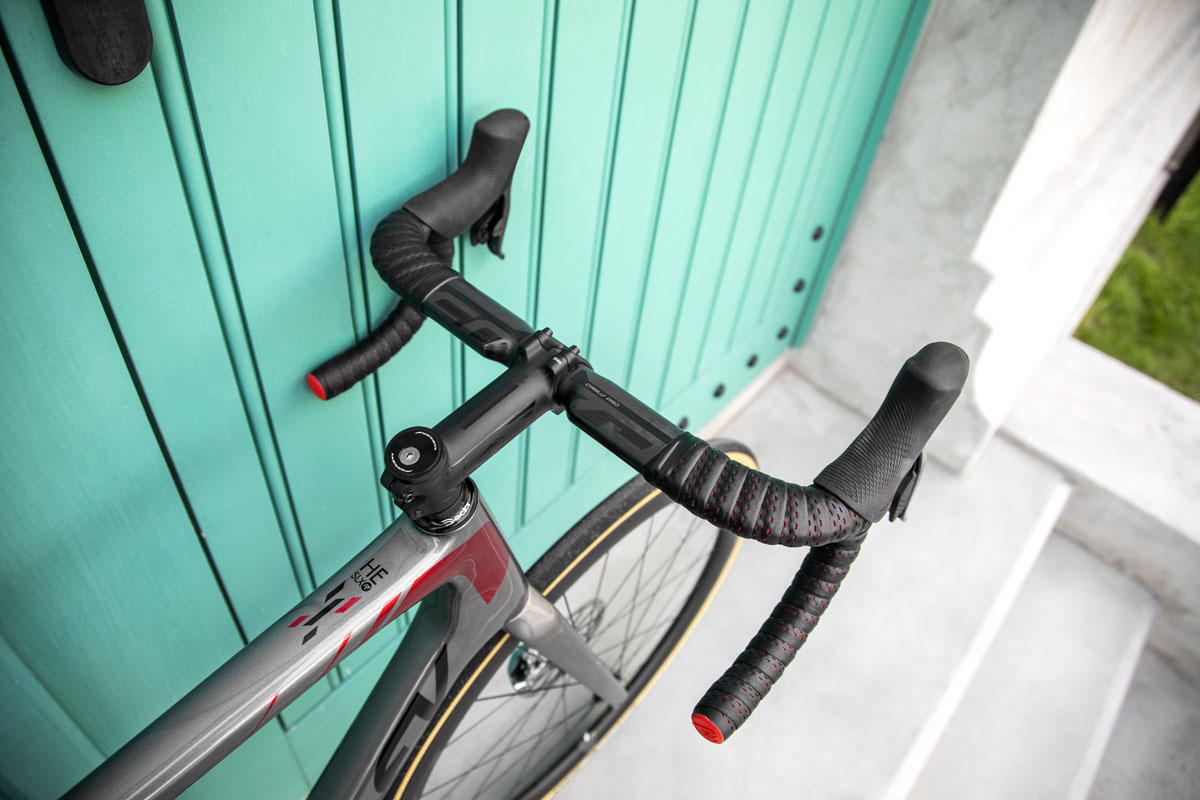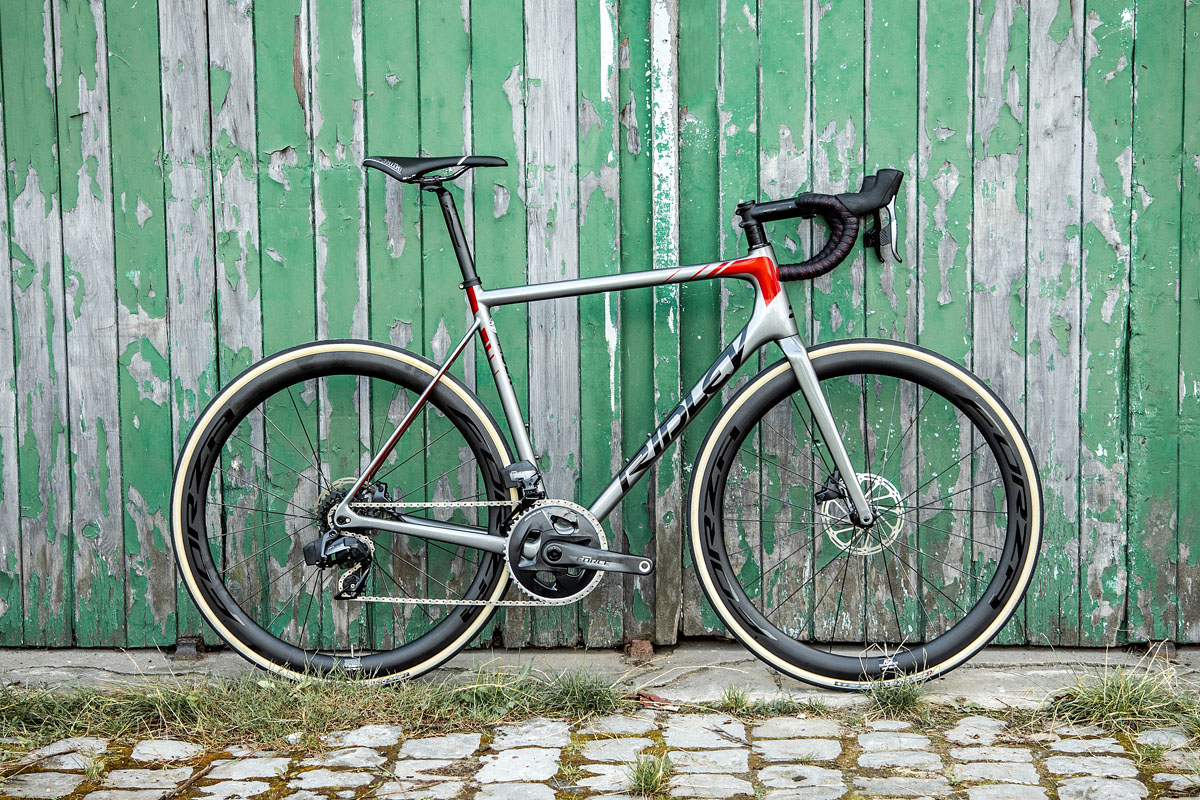The newest addition to the Ridley family has been floating around the internet for awhile now, but it’s time to officially introduce the Helium SLX Disc. As the name would suggest, this is a disc brake equipped Helium SLX. A Bike that Ridley calls the King of Racers.
 Fortunately for their claim, the bike has already notched a win under Jelle Wallays who recently won Paris-Tours 2019. The bike’s disc brakes would have been hard to miss, but now we’re getting the full story. A story that supposedly starts back in 2008, when Cadel Evans said, “Make me a bike that I can use to win the Tour de France but can you do me a big favor? Bring it as close as possible to the 6.8 kg limit, but if you have to choose between 100 grams of extra weight or less stiffness, always prioritize stiffness.” That led to the Helium’s focus on stiffness to weight ratio. It needed to be light, but more importantly it had to be stiff.
Fortunately for their claim, the bike has already notched a win under Jelle Wallays who recently won Paris-Tours 2019. The bike’s disc brakes would have been hard to miss, but now we’re getting the full story. A story that supposedly starts back in 2008, when Cadel Evans said, “Make me a bike that I can use to win the Tour de France but can you do me a big favor? Bring it as close as possible to the 6.8 kg limit, but if you have to choose between 100 grams of extra weight or less stiffness, always prioritize stiffness.” That led to the Helium’s focus on stiffness to weight ratio. It needed to be light, but more importantly it had to be stiff.
Ridley seems to have continued that trend without drastically changing the carbon frame, but the SLX Disc actually gains stiffness thanks to the inclusion of 12mm thru axles and a slightly dropped seatstay design.
Without changing the profile of the tubes, Ridley looked elsewhere to gain aero advantage – the cables. It’s hard to believe, but Ridley claims that by hiding all of the cables in the bar, stem, and frame, they decreased wind resistance by 14%. Pretty impressive for just some tidy cable routing and the same F-Steerer system used on the Noah Fast.
Ridley claims that the frame has a weight of 820g (medium) which is just 60g heavier than the rim brake model. The frames will be offered in six sizes, each with clearance for a 700c x 28mm tire. Standard builds will be available from €4,999 to 6,999, and custom builds will also be available through the Ridley Customizer.




